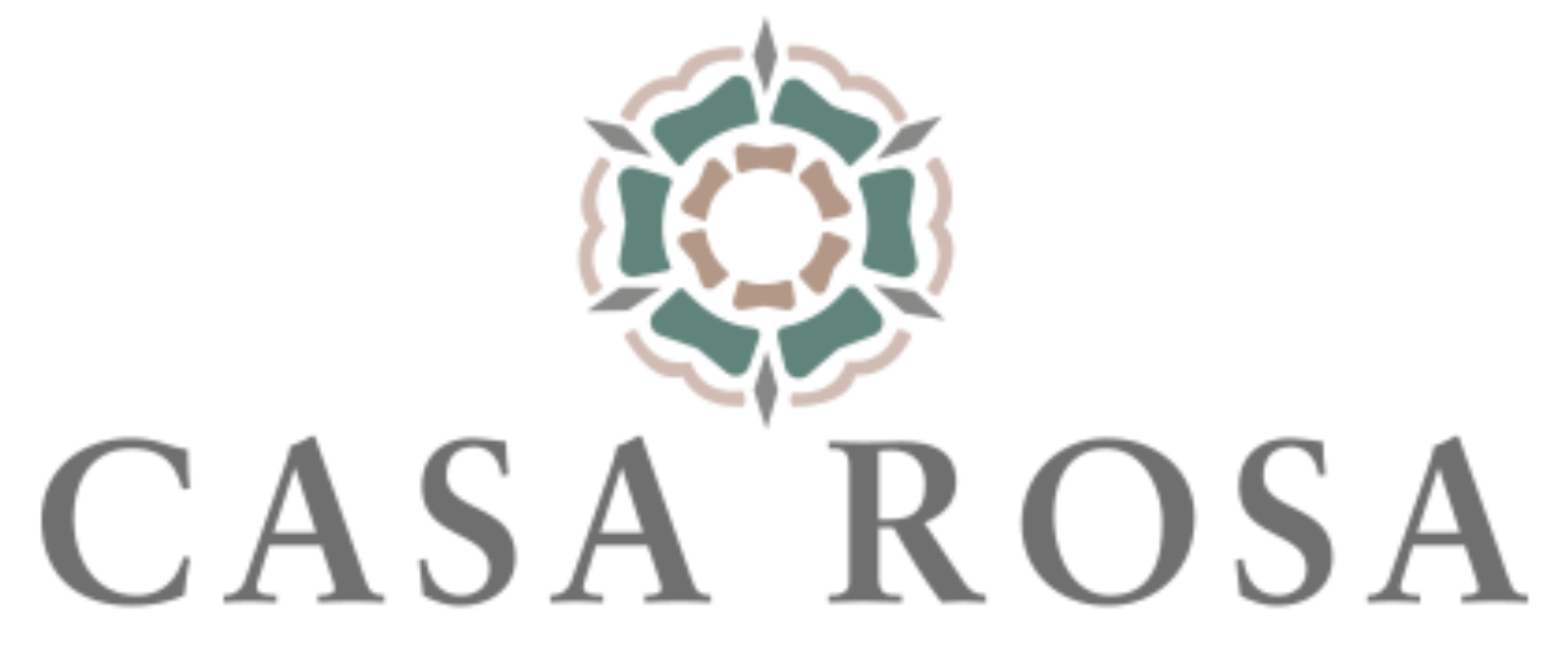AsSisi & Umbria
ASSISI, the nearest town, was the home of St. Francis and his female counterpart, St. Clare. For seven centuries now, Assisi has been a focus for pilgrimage, with the area rich in traditions associated with the saints. The town itself has been carefully preserved, its steep, medieval streets winding between churches and houses of rose-coloured stone.
The town’s calendar revolves around traditional festivals: the commemoration and celebration of Holy Week in Easter, the Calendimaggio, a three-day recreation of the medieval celebration of Spring when much of Assisi dons medieval dress for street theatre, music, dance, and a series of contests between upper and the lower parts of the town; and the Feast of St. Francis in early October.
Basilica Di San Francesco
The great Basilica of St. Francis, or San Francesco di Assisi, was built over Francis’ tomb, and contains frescoes by Cimabue, Lorenzetti, Martini and Giotto. The latter who heralded the Renaissance in Italian painting. The Upper Basilica was damaged by tremors in 1997, but has now been fully restored and is open once again to the public.
Food & Wine
For modern pilgrims, Assisi offers cafes, restaurants, shops and a swimming pool. Larger supermarkets can be found in the neighbouring towns of S. Maria degli Angeli and Bastia. Paragliders fly from the top of Mount Subasio.
Umbria
Umbria, known as the ‘Green Heart of Italy’, lies between Tuscany, Le Marche and Lazio. The region’s forests and farms are famous for their truffles, olive oil and pork; the town of Deruta for its painted earthenware; Orvieto and Torgiano for their wine.
Within a 60 km (or 40 mile) radius of Casa Rosa are the ancient hill towns of Gubbio, Spello, Cortona, Spoleto, Orvieto and Todi, each with its medieval centre. Perugia, the region’s capital, is 25 km (or 15 miles) away, a stylish university city with striking medieval architecture, important Etruscan remains and major works of art.
To the West, Lake Trasimeno offers swimming and water sports for most of the year. To the South and East lies Umbria’s wildest scenery: the forests and gorges of the Valnerina, and the mountain peaks and remote alpine pastures of the Monti Sibillini.
Umbria holds many of the great artistic treasures of Medieval and Renaissance Italy. The most celebrated works of art and architecture can be found at Assisi, Perugia, Orvieto, Spoleto and Todi, but churches across the region contain stunning frescoes, and even a very small town can boast a masterpiece. Almost every town in Umbria also has its own ‘festa’, from colourful traditions rooted in the Middle Ages to modern celebrations of music and the arts. Among the annual highlights are the following (exact dates can be found on this website):
Events & Festivals
April
Assisi Holy Week and Easter
May
Assisi Calendimaggio (lively recreation of medieval celebration of Spring)
Gubbio Corsa dei Ceri (exiting medieval race and pageant
)June
Bevagna Mercato delle Gaite (medieval craft and town life recreated)
July
Spoleto Corpus Christi (procession through streets carpeted with flowers)
Perugia Umbria Jazz (Italy’s foremost international jazz event)
September
Foligno Torneo della Quintana (17th century jousting Tournement)
Perugia Festival of Sacred Music
Florence, Rome and Siena are all within easy reach from Casa Rosa, and can be visited in day-trips. Siena’s Palio, the world-famous horse race around the Piazza del Campo in the centre of the city, is run every year in early July and mid-August.




